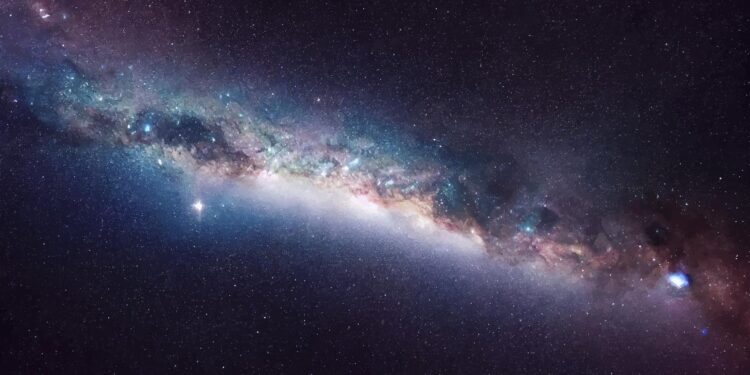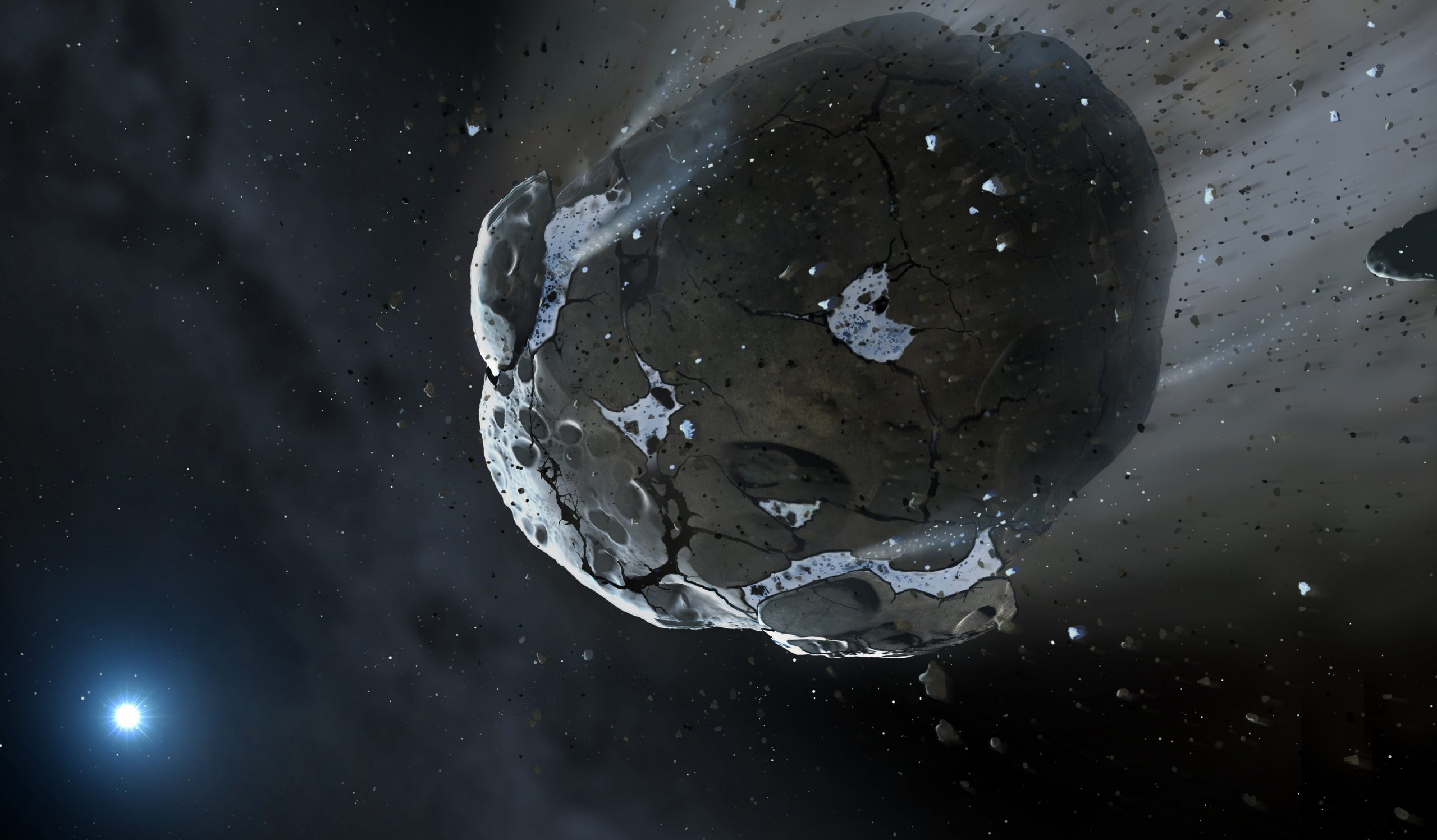Astronomers have detected strange radio signals emanating from a galaxy that should have been inactive for billions of years. This unexpected find challenges current theories about fast radio bursts (FRBs) and their origins.
New studies published in The Astrophysical Journal Letters (here and here) describe how scientists pinpointed the bursts to an 11-billion-year-old galaxy—one that, based on its age and composition, should not be producing such powerful cosmic emissions.
What Are Fast Radio Bursts?
FRBs are sudden, intense flashes of radio waves that last only a few milliseconds but can momentarily outshine entire galaxies. Some occur just once, while others repeat at regular intervals. Until now, they have been closely linked to star-forming regions, where massive stars explode as supernovae and leave behind neutron stars or magnetars—objects known to generate these bursts.
But this latest discovery flips that assumption on its head.
A Dead Galaxy with an Unexpected Signal
Using data from the Canadian Hydrogen Intensity Mapping Experiment (CHIME), an advanced radio telescope array in British Columbia, researchers detected 22 bursts between February and November 2024. These signals were traced back to the outskirts of an ancient, long-inactive galaxy—far from the active stellar nurseries where FRBs are typically found.
“This is not only the first FRB to be found outside a dead galaxy, but, compared to all other FRBs, it’s also the farthest from the galaxy it’s associated with. The FRB’s location is surprising and raises questions about how such energetic events can occur in regions where no new stars are forming,” said Vishwangi Shah, PhD student in the Department of Physics and the Trottier Space Institute, and the corresponding author of a recent study published in the journal Astrophysical Journal Letters.
Even more unusual is the burst’s location. FRBs are often concentrated near the centers of galaxies, where remnants of stellar explosions are more common. But in this case, the signal originated from the edge of the galaxy, raising even more questions.
What Could Be Causing This Mysterious Signal?
Scientists are considering several explanations, including the possibility of a collision between two old stars. Another hypothesis suggests that a white dwarf—an ultra-dense remnant of a deceased star—may have collapsed into a neutron star, triggering the burst.
“This discovery challenges our previous understanding of FRBS, and highlights the significant role that their environments play in unraveling their origins,” said Tarraneh Eftekhari, co-author and NASA Einstein Fellow at Northwestern’s Center for Interdisciplinary Exploration and Research in Astrophysics (CIERA).
CHIME is set to expand its capabilities in the coming months, with additional telescopes expected to detect hundreds more FRBs. By mapping their locations and frequencies, researchers hope to uncover new patterns that could explain these perplexing signals.
As astronomers continue to unravel the mystery, this finding opens the door to new possibilities—suggesting that fast radio bursts might not be exclusive to young, active galaxies after all.
Join the Conversation!
Have something to share or discuss? Connect with us on Facebook and join like-minded explorers in our Telegram group. For the latest discoveries and insights, make sure to follow us on Google News.











